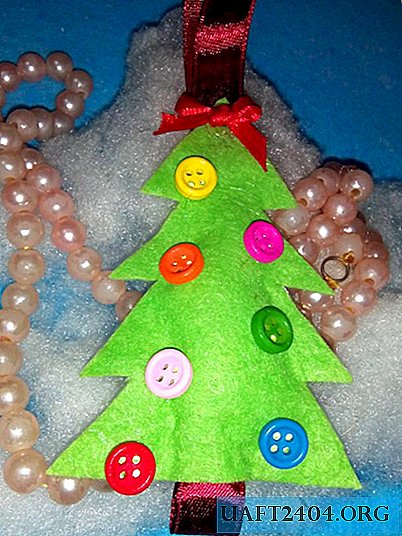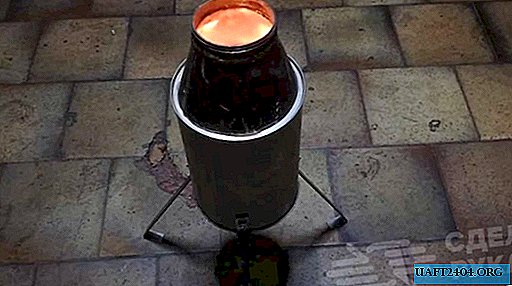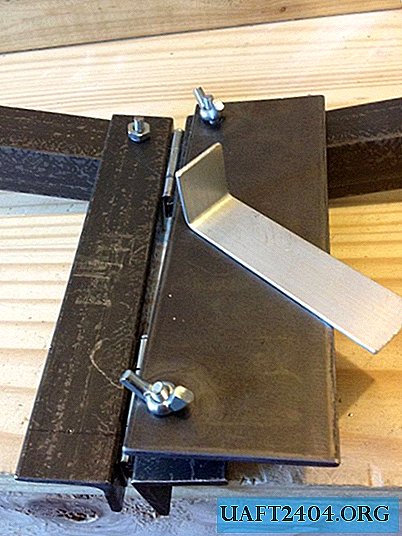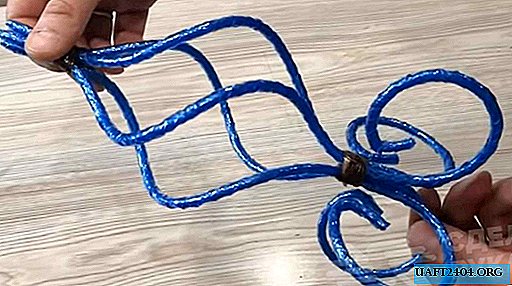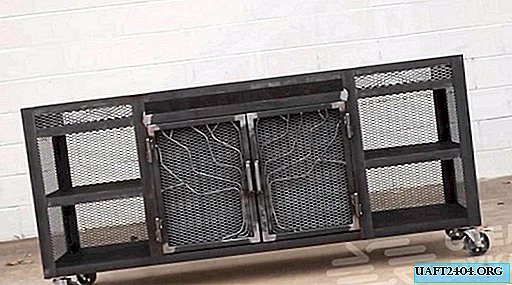Share
Pin
Tweet
Send
Share
Send
For the manufacture of the organizer it is best to use a cotton cloth. It is easy to care for, easy to wash. Its only drawback is a high degree of shrinkage. Therefore, before cutting, all fabrics must be ironed thoroughly through a damp cloth so that they immediately shrink. Otherwise, in the course of further sewing, the product may become deformed and its appearance will be irreparably damaged.
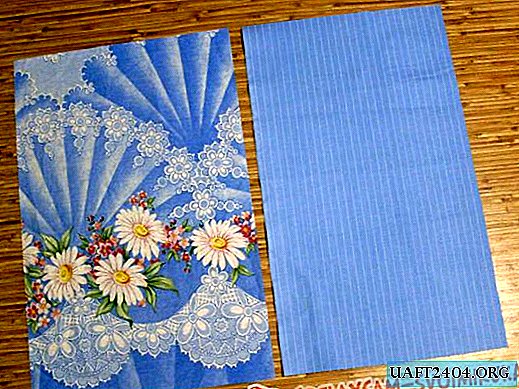
The size of the organizer in the finished form is 32 * 50 cm. Two parts of the base should be cut out of the prepared fabrics. The front part is 37 * 57 cm in size, the inner part is 34 * 57 cm.

On the inside of the organizer there are 3 rows of pockets, - the bottom - under the little things, the middle - under the knitting needles, the top - under the hooks. It is necessary to cut out the details of the pockets in the following sizes: lower and upper - 43 * 15 cm, middle - 34 * 31 cm. The upper sections of the details of the pockets must be ironed to the wrong side by 4 cm, and then bend this allowance inward and iron again. After this, it is necessary to fix this bend with a machine line, laying it 1 mm from it. So the top edge of the pocket is processed.

Finished details of pockets can be decorated, if desired, by stitching a narrow lace or braid on their front side. After that, the middle and upper pockets should be placed on the inside of the organizer, jokes along the sections with pins. Then they need to be sewn to the detail of the base around the perimeter, and also to lay the machine lines, dividing the pockets into separate sections for knitting needles and hooks. The distance between the dividing lines should be at least 3 cm. Then even thick knitting needles and hooks can easily fit into such pockets. The middle pocket should be aligned along the lower cut with the base part, and the upper one should be placed 9 cm from the top of the middle pocket. The bottom pocket under the little things is sewn the very last. It is divided into three parts by machine lines matching the lines of pockets for knitting needles.

On the left side of the inside of the organizer, two ties should be sewn. They should be located as follows: the lower one is at a distance of 16 cm from the lower cut, and the upper one is at a distance of 21 cm from the upper cut.

After the internal part of the organizer is fully prepared, you can assemble it into a single product. For this purpose, the front side of the organizer should be laid on the inside (face to face), chipped and sewn along the side cuts with a seam of 1 cm.Then the organizer should be turned on the face, straightened corners, ironed the sides. The resulting bends will help to process the upper and lower sections of the product.

The organizer must be turned to the wrong side, focusing on the bends of the sides, process the upper and lower seams, laying a line 1 cm from the sections. In the lower seam, leave a hole through which the product will turn out on the front side. The turned-out organizer should be ironed again. The eversion hole must be sewn with hidden stitches. Along the entire perimeter of the organizer, you need to lay the finishing line at a distance of 5-7 mm from the edges. The upper edge of the organizer must be ironed 5 cm towards the inside. The resulting valve will help the hooks not get enough sleep during the operation of the product.

The finished organizer folds three times in length and is fixed with ties.
Share
Pin
Tweet
Send
Share
Send

